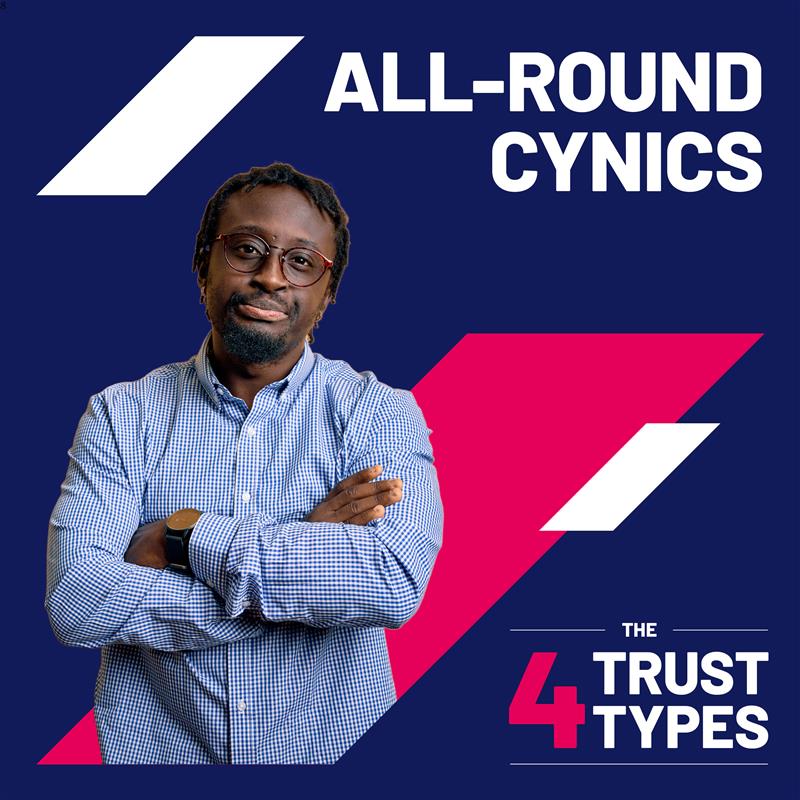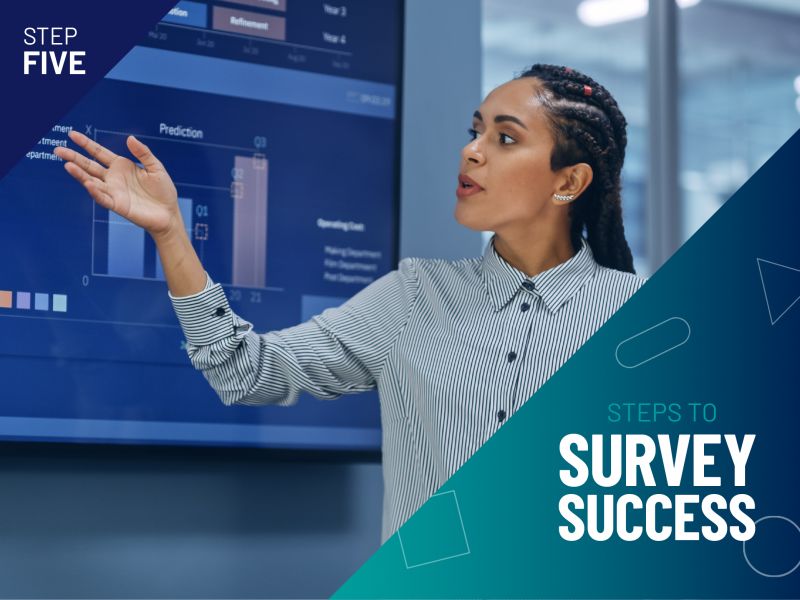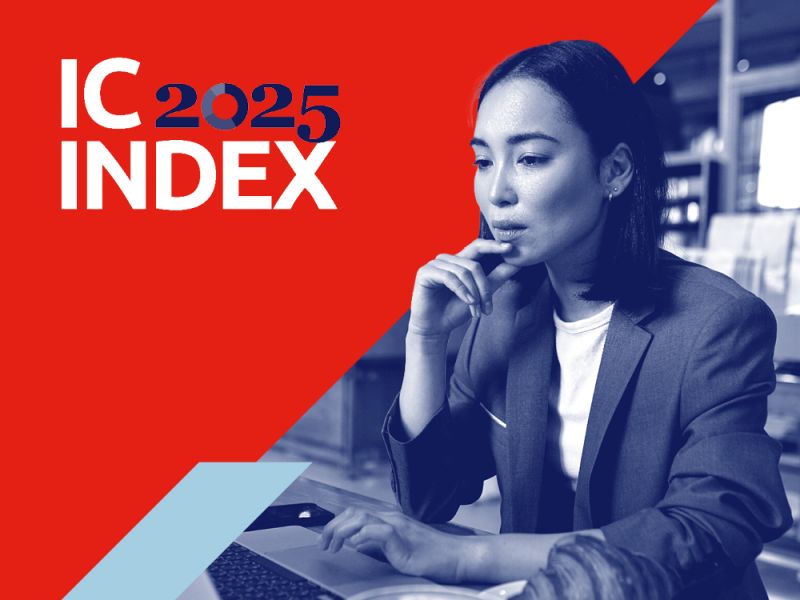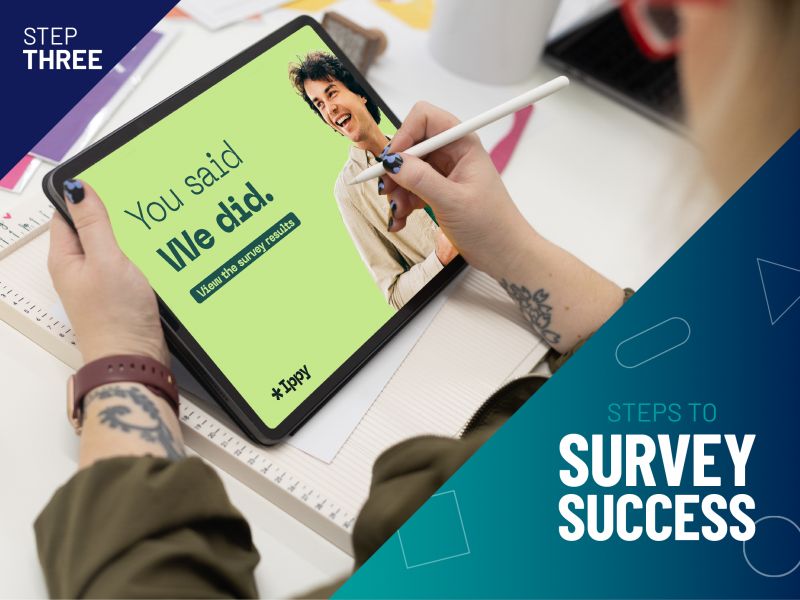In our “What builds trust” article, we explored the fundamental role that trust plays in the workplace, highlighting how important honest conversations are to build a strong foundation of confidence and candour.
High trust organisations, where employees feel both safe to speak and assured that they are heard, are known to be more proactive and focused on task output.1 They foster the organisational citizenship behaviour and open communication needed for teamwork.2,3
But trust isn’t always felt in the same way. And how we approach communication across an organisation where people’s perceptions and experiences mean they receive information differently can never be a one size fits all approach.
So, who are you talking to?
The IC Index (2024) identifies four different trust types.4 Understanding why these different populations react and respond as they do, and what’s most likely to resonate with them, is key to tailoring your communications strategy to unlock greater engagement across the organisation.
Total Trusters
These employees experience two-way communication, feel their views are heard, and see organisational values in action. They are more comfortable with AI-created content and are likely hybrid workers. Engaging this group involves amplifying their voices as influencers and showcasing organisational values.

Proof Seekers
Proof Seekers believe in leadership's intentions but need more frequent communication and clarity on significant issues. They can be found across various roles and rely on managers for strategic information. Organisations should provide evidence to engage these employees, increase transparency and involve them early in change processes.

Senior Sceptics
While they trust their managers, this group feel disconnected from senior leadership and feel profits are often prioritised over employee needs. This group has a higher proportion of women and public sector workers. It is essential to bridge the gap between them and leadership through direct human communication.

All-round Cynics
These employees feel ignored, perceive a lack of true organisational values, and distrust leadership. They are often older and work in non-office environments. Rebuild trust with these employees through consistent and empathetic communication.

Finding the balance
While the percentage of these four types is fairly evenly split in the IC Index, many factors can shift the balance of this trust ecosystem within an organisation.
During times of organisational change, it is particularly important to consider the All-round Cynics, dialling up listening and co-creating solutions with employees to help address fears and help connect individual and team contributions to the overall vision.
No matter the size and scale of your organisation, trust is a vital driver of success, from influencing how the business operates day to day to how it faces challenges and change.
By understanding and engaging with the different trust types, organisations can navigate the complexities of internal communications more effectively, building a culture where employees feel valued and heard.
Learn more about the Trust Types in the IC Index Report 2024.
Footnotes/references
1. Clark, W.R., Clark, L.A. and Crossley, K. (2010) Developing multidimensional trust without touch in virtual teams. Marketing Management Journal. 20 (1), pp. 177-193.
2. Brower, H.H., Lester, S.W., Korsgaard, M.A., and Dineen, B.R. (2009). A closer look at trust between managers and subordinates: Understanding the effects of both trusting and being trusted on subordinate outcomes. Journal of Management. 35, pp. 327–347.
3. Smith, J.B. and Barclay, D.W. (1997) The effects of organizational differences and trust on the effectiveness of selling partner relation- ships. Journal of Marketing. 61, pp. 3–21.
4. IC Index (2024) A representative quota sample of 4,000 UK workers aged 18–64 in the UK were surveyed by Ipsos IIS team between 6–20 March 2024.
Ruth Prowse







